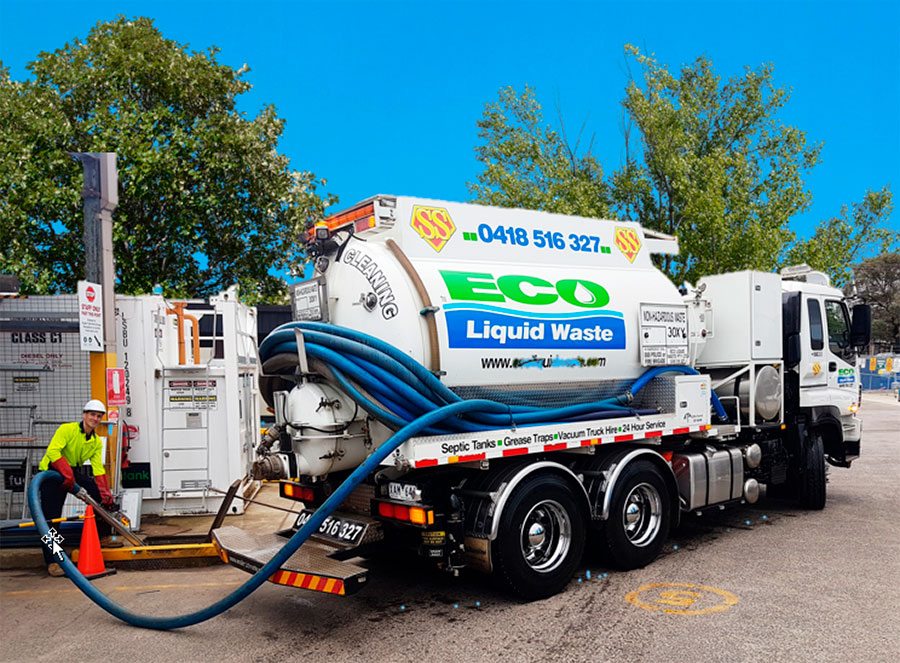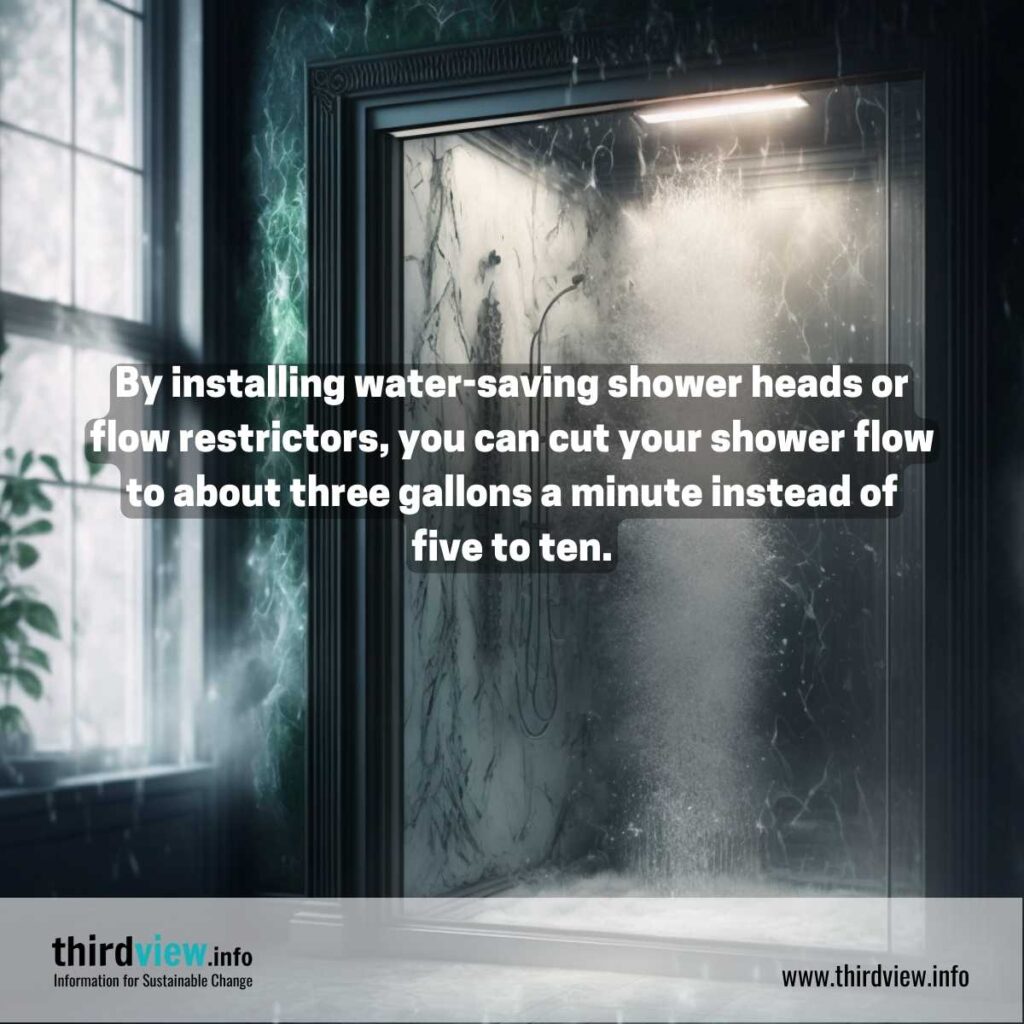The 8-Second Trick For Reclaim Waste
Unknown Facts About Reclaim Waste
Table of ContentsReclaim Waste Fundamentals ExplainedHow Reclaim Waste can Save You Time, Stress, and Money.10 Simple Techniques For Reclaim WasteAbout Reclaim WasteThe Best Guide To Reclaim Waste
Discover the kinds, occurrences, and kinds of fluid waste. Domestic sewage waste describes the waste and items from a domestic septic system. This kind of waste is developed by humans in residences, institutions, and other structures. This only includes septic containers that have a drainpipe field. The appropriate administration and disposal of domestic sewage waste need fluid waste to be moved to a sewage therapy plant where the appropriate methods and tools are used to cleanse and get rid of waste.
Industrial waste typically includes possible threats, such as flammable products or a blend of fluid and strong waste items, and calls for an advanced and detailed disposal process. The disposal of commercial waste generally entails the purification of waste before transportation to make sure risk-free and proper disposal. Hazardous waste is produced from results and runoff of industrial procedures and manufacturing.
This type of waste can not utilize the very same sewer management transportation or procedures as septic or commercial liquids. The commercial waste management process needs the evaluation and screening of fluid waste prior to it undergoes the disposal procedure (liquid waste disposal melbourne). Overflow waste is the fluid waste that comes from runoff and excess stormwater in extremely inhabited locations or cities
Overflow waste can cause contamination and flooding if not taken care of correctly. Ensuring correct waste monitoring can stop catastrophes and lower environmental harm.
Some Known Details About Reclaim Waste
Call PROS Services today to discover our waste administration and disposal solutions and the correct methods to look after the fluid waste you create.
(https://reclaimwaste.godaddysites.com/f/efficient-liquid-waste-disposal-removal-melbourne)Do you recognize what occurs to your water when you draw the plug, purge the commode or drain the cleaning maker? No? Well, it's worth knowing. This supposed 'wastewater' is not only a crucial resource however, after treatment, will be launched to our land, waterways or the sea. Used water from toilets, showers, baths, kitchen area sinks, washings and commercial processes is called wastewater.

water used to cool down machinery or clean plant and equipment). Stormwater, a form our website of wastewater, is drainage that streams from agricultural and metropolitan locations such as roofings, parks, gardens, roads, courses and rain gutters into stormwater drains pipes, after rain. Stormwater moves neglected straight to regional creeks or rivers, eventually getting to the ocean.
Reclaim Waste Things To Know Before You Buy
In Queensland, many wastewater is dealt with at sewage treatment plants. Wastewater is carried from residential or industrial sites through a system of drains and pump stations, called sewerage reticulation, to a sewer therapy plant. Neighborhood governments build, maintain and operate most sewage treatment plants. Operators are certified under the Environmental Management Act 1994 to release cured wastewater at an appropriate environmental standard into waterways.
The Department of Natural Resources suggests regional federal governments about managing, operating and keeping sewerage systems and therapy plants. In unsewered areas, neighborhood governments might call for homeowners to mount private or household sewage treatment systems to treat residential wastewater from toilets, cooking areas, bathrooms and washings. The Department of Natural Resources authorises using household systems when they are proven to be reliable.
The majority of stormwater receives no treatment. In some brand-new communities, therapy of some stormwater to get rid of litter, sand and crushed rock has begun making use of gross contaminant catches. Wastewater treatment happens in 4 phases: Eliminates strong matter. Larger solids, such as plastics and other items incorrectly released to drains, are gotten rid of when wastewater is passed via screens.
Wastewater after that flows into huge tanks where solids work out and are gotten rid of as sludge. Oil and scum are skimmed from the surface. Uses small living microorganisms called micro-organisms to break down and remove remaining liquified wastes and fine bits. Micro-organisms and wastes are integrated in the sludge. Eliminates nitrogen and phosphorus nutrients that could cause algal blossoms in our rivers and intimidate marine life.
The smart Trick of Reclaim Waste That Nobody is Talking About
Nutrient elimination is not readily available at all sewer treatment plants because it needs pricey specialised equipment. Clear liquid effluent generated after therapy may still contain disease-causing micro-organisms - liquid waste removal melbourne.

Most wastewater flows right into the sewerage system. Under the Act, local governments administer approvals and licences for eco pertinent activities (Ages) including wastewater launches that might have a local effect.
Rumored Buzz on Reclaim Waste
Tracking offers valid info about water top quality and can verify that permit conditions are being fulfilled. The details gotten via surveillance offers the basis for making water quality decisions.